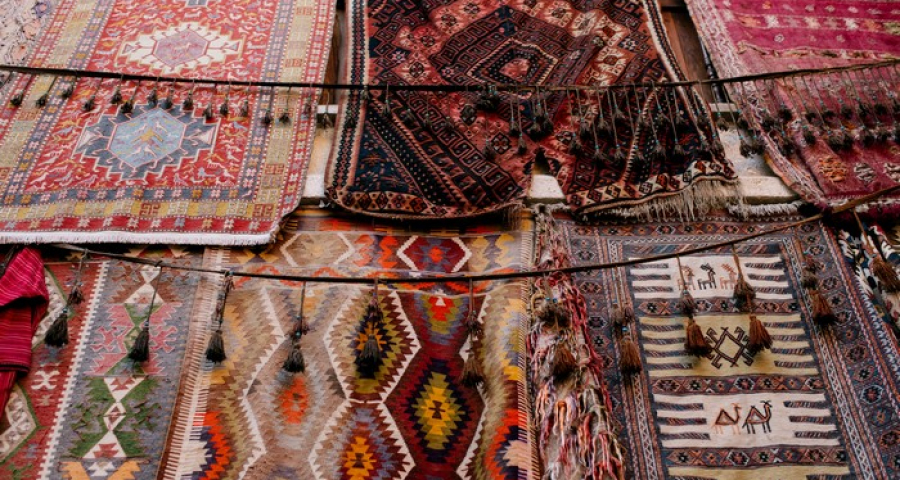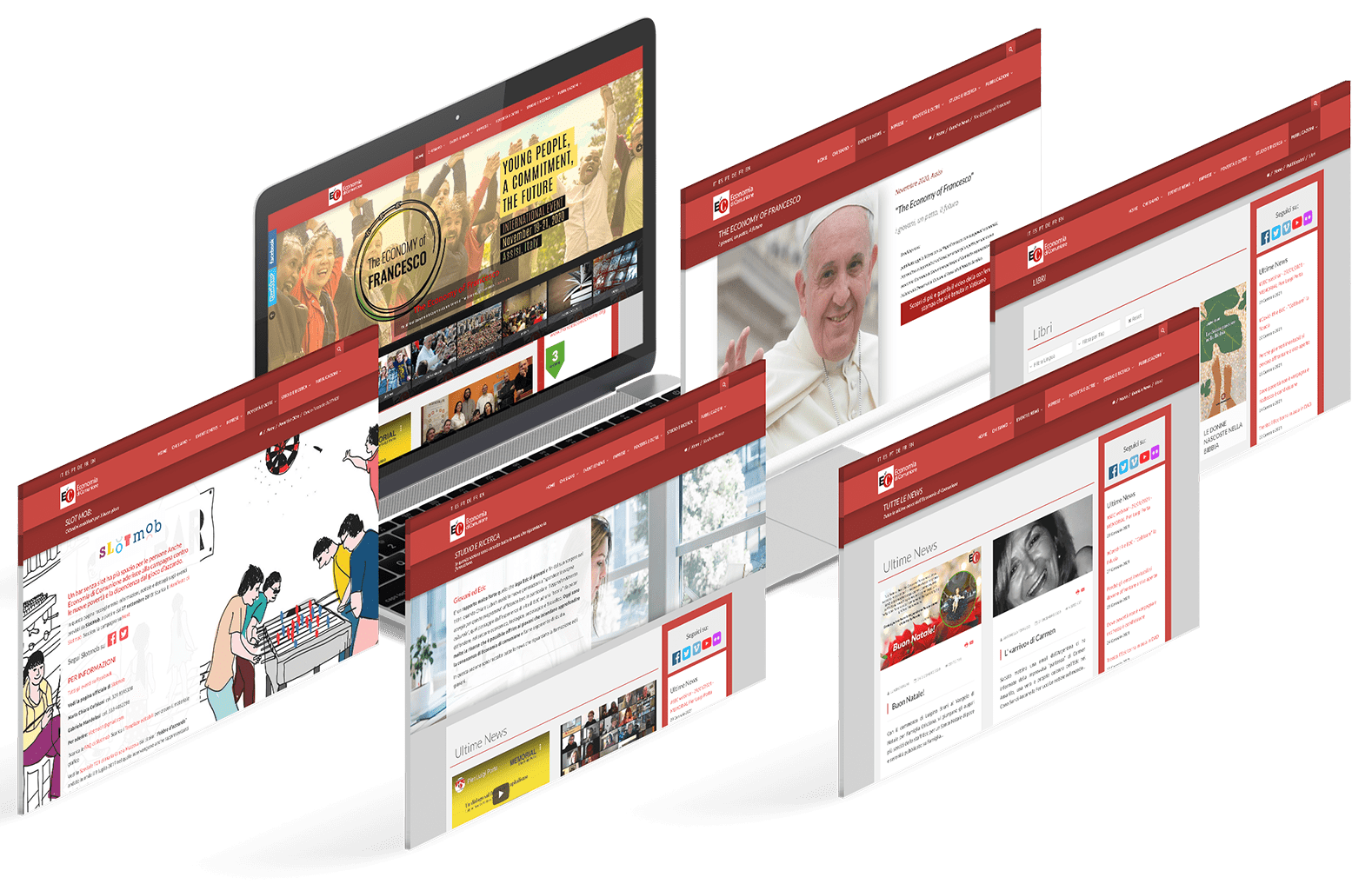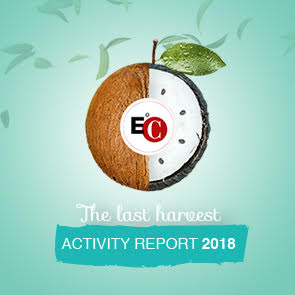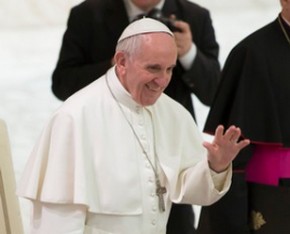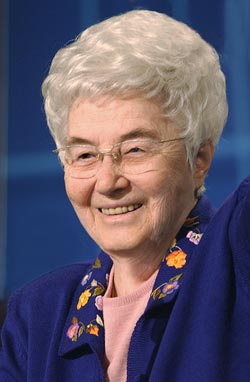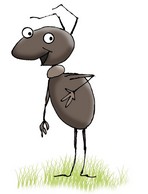After focusing for six instalments under the OPLA column on the new criteria adopted by the EoC to find new ways out of poverty, today we report on a practical example of such an approach showing that when communion is triggered, some unexpected things tend to happen
by the OPLA Team*
Our story takes place in Syria where, for several years now, an indescribable social, political and economic drama has been unfolding. In such a context, scarcity of resources might seem to be the first barrier to starting an economic initiative, as producers often do not have the raw materials to produce and customers do not have the money to buy either. But an EoC worker on site tells us that communion does not always follow the logic we are used to.
«We started a project with the elderly without having any material resources except goodwill and the good in people. We did a journey together for two years based on informal meetings, where we would get together, have a coffee and then do some handicrafts. We thought »how nice that these old people are working, doing something«. To give value to their work, we decided to make an exhibition of it. You can’t imagine what came out of it: recently an exhibition has been created that was so great, so great that I couldn’t believe it. It all started with six very old women who were faithful to our appointments and came every Monday to pray, have coffee, and then work. Then they were joined by many other women who, saying »we can help you« brought a few things. One of them was very daring and said: »we want this to be an exhibition with zero capital. What does that mean? At home we have many pieces of cloth, strips, many things, we have a lot of art"».
«The exhibition was set up without spending a penny, everything came from people’s homes – in Syria! Then the bishop came, and when he heard about this he said: »I will buy everything that you will not have sold in the end!«, to encourage those old women, to give value to their work. Then children came and together they did a little kermesse (a celebratory dance performance - the tr.) to collect money to donate to the elderly women. For me it was believing the law of the gospel. To tell the truth, when that volunteer lady said »zero capital, we won’t spend a penny« I couldn’t believe it. But it was something so much greater than one could have expected.».
«I feel that we are facing a great challenge: to believe that communion is possible with very small things – you really can’t imagine it with just some pieces of cloth... but how they did it all and even more! The creativity of communion is amazing».
«At one point, a very rich lady came and brought a fur jacket as a gift and called her wealthy friends so we sould be able to sell it for a high price. Finally, and we really didn’t expect this, even the TV came and filmed it, because it was also something remarkable for them to see these women, who seemed to be a burden on society and had instead become the ones who give.»
There are many fundamental elements of the EoC approach in this story, but perhaps the main one is that of relationships. Relationships can be seen as the back of a carpet where many threads are woven together to make a masterpiece. Here again, it all stemmed from a journey together and the desire to highlight the talents that each person had in them and the beautiful things they created – starting with people that society often does not even want to hear about. And once again, the rejected stone has become the cornerstone.
Photo credits: Images by Julia Volk from Pexels:
* The OPLA team: Francesco Tortorella, Germán Jorge, Maria Helena Fonseca Faller, Tainã Santana

